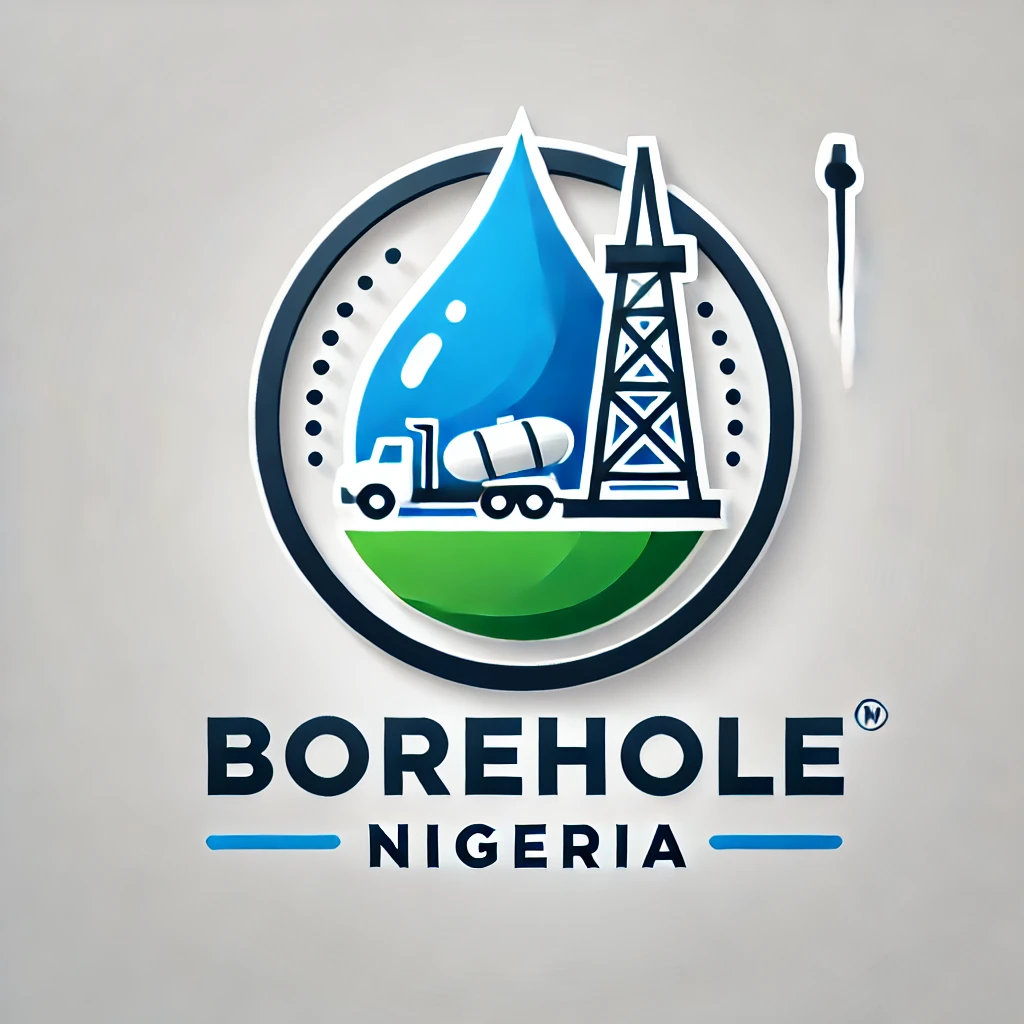Understanding the difference between a septic tank and a soakaway is crucial for anyone considering wastewater management solutions for their home or business. These two systems serve different purposes, though they are often mentioned together. Below, we break down their differences to help you make an informed decision.
Definition and Purpose
- Septic Tank: A septic tank is an underground, watertight chamber made from concrete, fiberglass, or plastic. It is designed to receive and treat domestic wastewater (sewage) from bathrooms, kitchens, and laundries. The primary purpose of a septic tank is to break down solid waste (sludge) through bacterial action, allowing the liquid effluent to flow out for further treatment or disposal.
- Soakaway: A soakaway, also known as a leach field or drainage field, is a pit or network of perforated pipes installed underground. It allows wastewater to percolate through the soil, where it undergoes natural filtration and treatment. A soakaway’s main purpose is to disperse treated effluent from a septic tank into the surrounding soil, where it is further purified.
How They Work
- Septic Tank Operation:
- Wastewater flows from the house into the septic tank.
- The tank holds the wastewater long enough for solids to settle at the bottom (forming sludge) and for oils and grease to float to the top (forming scum).
- Anaerobic bacteria in the tank break down some of the solid waste.
- Partially treated liquid effluent flows out of the tank to a drainage system, such as a soakaway or sewer line, for further treatment.
- Soakaway Operation:
- The liquid effluent leaving the septic tank is directed to the soakaway system.
- The perforated pipes or drainage pits in the soakaway allow the liquid to slowly seep into the surrounding soil.
- The soil acts as a natural filter, removing harmful pathogens, nutrients, and contaminants before the water reaches groundwater or surface water sources.
Components and Structure
- Septic Tank Components:
- Inlet Pipe: Where wastewater enters the tank.
- Tank Body: The main chamber where solids settle and anaerobic digestion occurs.
- Outlet Pipe: Allows the liquid effluent to exit the tank to a drainage area.
- Baffles: Prevent scum from blocking the inlet and outlet pipes.
- Soakaway Components:
- Perforated Pipes: Laid underground, usually in gravel-filled trenches.
- Gravel or Stone Bed: Supports the pipes and facilitates drainage.
- Soakaway Pits (if used): Filled with coarse gravel or specialized crates to maximize drainage and prevent collapse.
Installation Requirements
- Septic Tank:
- Requires a watertight chamber made of durable materials like concrete, fiberglass, or polyethylene.
- Must be installed away from buildings, water wells, and property boundaries to avoid contamination and damage.
- Requires proper venting and access points for regular maintenance and pumping.
- Soakaway:
- Requires permeable soil for effective drainage. Heavy clay or compacted soil types may not be suitable.
- Must be installed at a sufficient distance from water sources to prevent contamination.
- Needs proper planning to ensure the area can handle the volume of wastewater without becoming waterlogged.
Maintenance and Longevity
- Septic Tank Maintenance:
- Needs to be regularly inspected and pumped out every 3-5 years, depending on usage, to prevent sludge and scum buildup.
- Regular checks for leaks, cracks, or blockages are essential to avoid system failures.
- Soakaway Maintenance:
- A properly installed soakaway requires minimal maintenance but can be prone to clogging if the septic tank is not maintained.
- If the soakaway becomes saturated or clogged, it may need to be replaced or repaired, which can be costly.
Usage Scenarios
- Septic Tank:
- Ideal for properties where there is no access to a public sewer system.
- Suitable for individual homes, small businesses, and rural areas.
- Soakaway:
- Used as a complementary system with septic tanks to manage effluent.
- Also utilized for rainwater drainage to prevent waterlogging and flooding in gardens or around buildings.
Key Differences at a Glance
| Feature | Septic Tank | Soakaway |
|---|---|---|
|
Wastewater treatment and solids separation | Effluent disposal and soil filtration |
|
Watertight tank | Perforated pipes or drainage pit |
|
Regular pumping and inspections | Minimal, but depends on septic tank health |
|
Requires proper site selection and space | Requires permeable soil and distance from water sources |
|
20-30 years with proper maintenance | 10-30 years, may need replacement if clogged |
|
Potential risk if not maintained | Environmentally friendly if properly installed |
Choosing the Right Solution
If you’re deciding between a septic tank and a soakaway, remember that these two systems often work together. The septic tank treats the sewage, and the soakaway handles the effluent disposal.
If you already have a septic tank but face drainage issues, a soakaway might be the solution. However, if you need a comprehensive wastewater solution, combining both systems is generally the best approach.
Conclusion
Choosing the right system for your property depends on various factors, including soil type, space availability, local regulations, and budget. For expert guidance on septic tank installation, soakaway systems, and complete wastewater management solutions, consider consulting with professionals who specialize in these services.
Proper design and installation are crucial for efficient operation and longevity, ensuring a safe and sanitary environment for your property.
